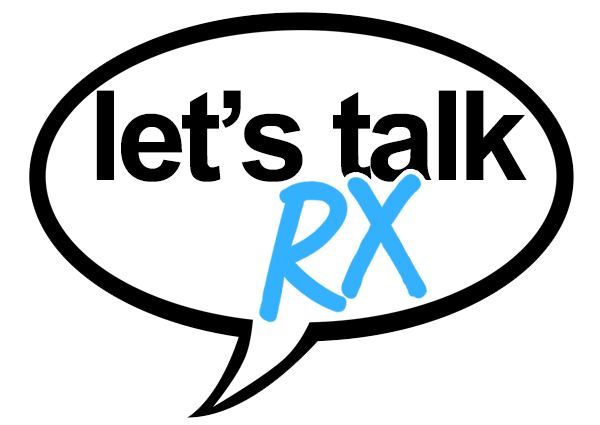In a move that’s reigniting a long-standing public health debate, Health and Human Services Secretary Robert F. Kennedy Jr. is calling for an end to the fluoridation of U.S. drinking water. The announcement, made Monday, applauded Utah’s recent decision to ban the addition of fluoride to its public water systems.
Kennedy’s remarks come just as the Environmental Protection Agency (EPA) announced it is launching a new review of fluoride’s potential health effects. The EPA will work in partnership with the Department of Health and Human Services to evaluate whether current federal guidelines for fluoride in drinking water should be revised or restricted further.
The shift signals a significant moment in U.S. public health policy. For decades, fluoride has been widely added to municipal water supplies as a proven way to help prevent cavities, especially in children. It’s been hailed by many public health experts as one of the most successful and cost-effective tools for improving oral health on a population level. So what’s behind this new push for change?
A Controversial Compound
The practice of adding fluoride to drinking water began in the 1940s, and today, more than 200 million Americans receive fluoridated water. Public health agencies, including the Centers for Disease Control and Prevention (CDC) and the American Dental Association (ADA), have long supported fluoridation as both safe and beneficial. Studies have consistently shown lower rates of tooth decay in communities with fluoridated water compared to those without it.
But not everyone agrees. Critics of fluoridation have raised concerns over the years about potential links between fluoride and a variety of health issues, including bone problems, thyroid dysfunction, and possible neurodevelopmental effects in children. These concerns have largely been dismissed by mainstream science due to a lack of compelling evidence. Still, skepticism remains in some circles, particularly among groups that oppose what they view as government overreach into personal health choices.
Kennedy, a longtime critic of certain government health mandates, echoed that sentiment in his recent remarks. “People deserve the right to choose what goes into their bodies,” he said, suggesting that fluoridation represents an outdated, one-size-fits-all policy.
What the Science Says
To date, most scientific reviews—including those from the World Health Organization and National Institutes of Health—have concluded that fluoride at recommended levels is safe and effective, particularly for preventing cavities in children. Nevertheless, the conversation around fluoride is evolving.
The EPA’s new review may focus on emerging research that examines possible risks of fluoride exposure in pregnancy and early childhood. Some recent studies have suggested a potential association between high levels of fluoride and developmental concerns, though the findings remain preliminary and inconclusive.
For now, public health officials caution against jumping to conclusions. “The overwhelming body of evidence supports fluoridation as a safe and effective public health measure,” said one senior CDC official following Kennedy’s announcement. “But we welcome rigorous review and transparency to maintain public trust.”
What This Means for Your Water
At this point, fluoride is still being added to most public water systems across the country. Utah’s decision to ban it is not yet part of a broader national trend, but Kennedy’s support for that move could spark similar efforts in other states or local communities.
If you’re concerned or curious about your local water supply, your city or county health department can provide details on whether fluoride is added and at what level. You can also use water filters that remove fluoride if you prefer to avoid it—though most dentists would caution against removing this layer of protection unless you’re supplementing oral care in other ways.
A National Conversation Renewed
Whether you see fluoride as a public health win or a personal health risk, one thing is clear: The national conversation about what’s in our water is far from over. As new reviews are conducted and scientific discussions continue, Americans may once again be asked to weigh the balance between public good and personal choice—this time, at the tip of their toothbrush.








